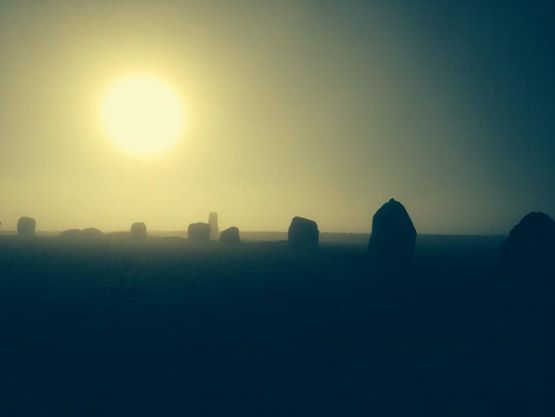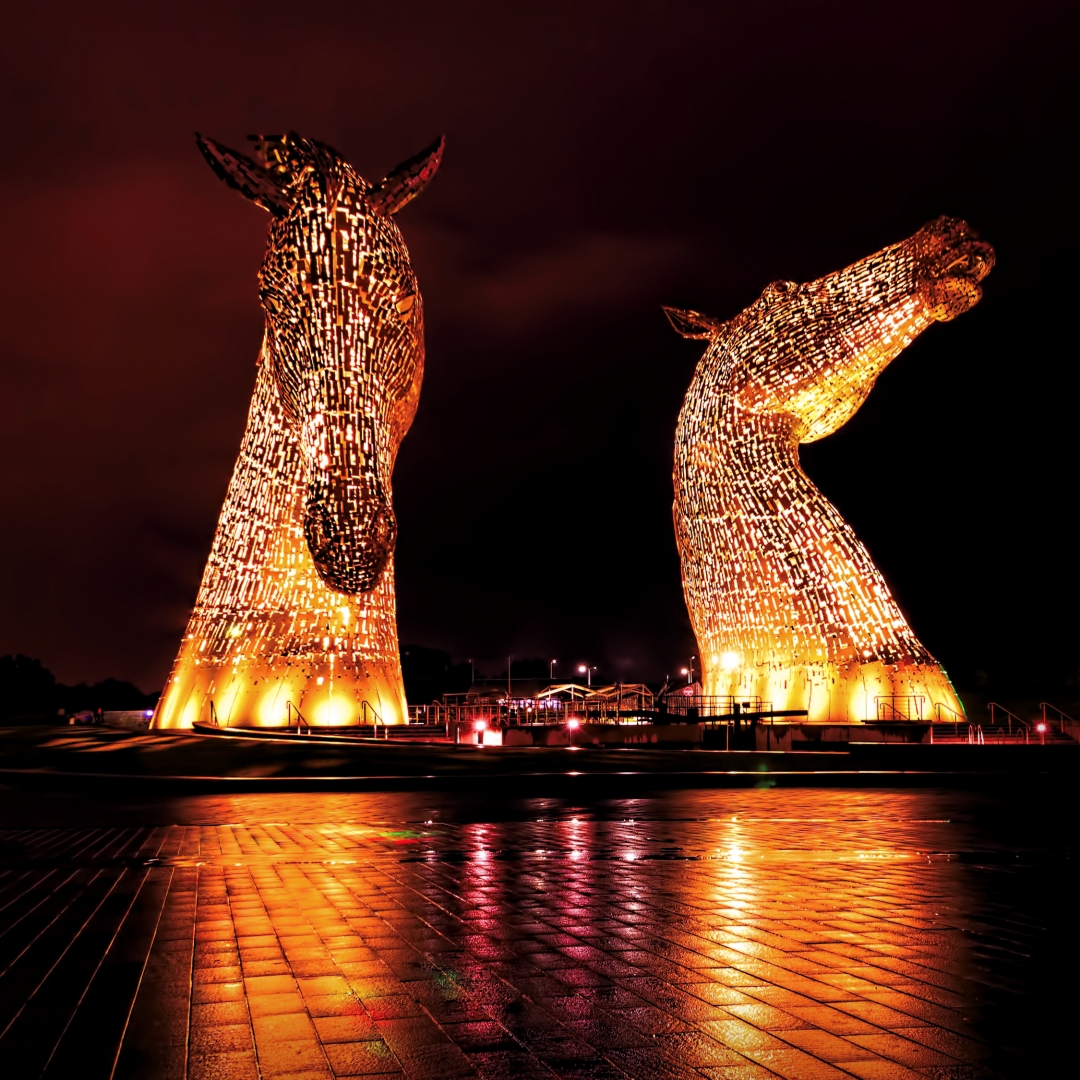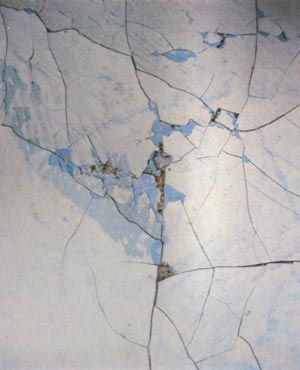Y
Kore
Extract from book review of:
Ten Pound Poms: Australia's Invisible Migrants by A. James Hammerton, Alistair Thomson
Manchester, Manchester University Press, 2005
While confrontation with the Australian bush, and other factors in the alienation of nineteenth-century free settlers, have been examined in some detail, the particular psychology of later versions of British homesickness has not, to my knowledge, been explored in the detail that it is here. The authors' subjects often use the term
'homesickness' in a way that 'simplifies or conceals a complex experience'. It is considered by many to be a condition afflicting women much more than men, and is indeed most often reported by women.
Yet Hammerton and Thomson detect a 'hidden form of male homesickness'. They find abundant clues for this in the testimonies of wives and children who have observed the 'emotional and physical breakdown of their menfolk' (p. 289). These testimonies contribute to a general undermining of any simplistic model of homesickness, which explains it as something that passes or is grown out of. Instead, Ten Pound Poms contends that it is a condition that often returns and is deeply connected to the way that life is experienced in the present
.
The discussion of hope, loneliness and disappointment that this analysis of homesickness entails runs throughout the book. It begins with a detailed treatment of emigration: the official, popular and personally delivered messages that fed the imaginations of those who saw Australia as a place to make a new life. Poverty, the effects of war and the breakdown of family relationships in England were all reasons to escape. Sunshine, better wages and the possibility of adventure were inspirations to take the long journey to Australia. The experience of leaving loved ones is explored, as are the complex ways in which emigration decisions were arrived at and the difficulty of communicating these decisions to those who would be left behind. The physical wrench or the energised and excited anticipation, which characterise the feelings associated with travel out of villages and cities on trains and then boats, is described. A fascinating analysis of transitional identities follows as the authors' interview material and written sources reveal long boat journeys made sense of through the images and stories of Empire, particularly as liners docked in the ports of Egypt, Aden in the Suez and Ceylon.

Round House
Fremantle WA
1830
In addition, the class structure that would be reconfigured in Australia is emphasised by many in their memories of this passage between two worlds. Some struggled to find 'their sort of people' aboard the ships, while others made close friendships but worried that these would not last in the face of forced dispersal by the Australian authorities once they had reached their destination. Others still enjoyed the fact that the assisted passage meant that conventional British class segregation was disrupted by the fact that agreeing to the scheme meant agreeing to eschew social distinctions expressed through graded accommodation aboard the ships.
Other testimonies speak of the strange ways in which Australians communicated: not only the way they had re-organised and re-invented the English language but also the segregation of social events along gender lines. While the authors remind us regularly that every migrant's experience was different, the text is consistently attentive to the variables shaped by gender and age. While many migration narratives featured friendship and support from Australians, the experiences of prejudice are just as apparent. The authors note that
Adjustment to a new school system, was hampered by racist taunts and bullying; indeed the ferocity of the Pommy bashing suffered by many British children in post-war Australian schools is shocking (p. 148).
For example, in 1964 when Ann Hawkins' children came home from their first day at school in Radcliffe, near Brisbane, one had a cut-lip and black eye. The other asked her, "What's a Pommie bastard mum?" (p. 148)
Bon Scott
original lead singer AC/DC
bronze memorial statue
Fremantle
The complex and often difficult process for Britons of making a new life in Australia seems incongruous considering the Australian government's commitment to coaxing as many of them to its shores as possible. It adds a fascinating dimension to understandings of Australian national identity at the time. The visit of Elizabeth II in 1954 brought hundreds of thousands of Australians flocking for a glimpse of their queen. And Australia's longest-serving Prime Minister, Robert Menzies, who was openly enamoured with the royal family and Britain, dominated this period of mass migration. It must be remembered though that many Australians had misgivings about what could be interpreted as Britain's abandonment of Australia in the Pacific during WWII. Less than two decades later, when Britain joined the common market, Australia was left to find its own trading partners and, by the late 1960s, started to rethink its White-Australia policy. All of this suggests some shifting of alliances but it could easily be argued that at this ground level, many Anglo-Celtic Australians recognised and identified strongly with a British inheritance. Yet it was also at this ground level that prejudices brewed and translated into taunts and exclusions metered out to late arrivals from 'the Motherland'.
For some immigrant Britons, these taunts compounded homesickness, financial stress and a sense of responsibility to those left behind. The authors tell us that estimated numbers of those who returned to Britain average just over 25 per cent. As early as 1954, the Australian government was anxious enough about this phenomenon to commission an official enquiry into the problem of returning immigrants. The last part of the middle section of this book looks at the experiences of those who eventually said goodbye to Australia's shores. Ten Pound Poms argues that the decision to return must be understood in the full context of life histories and that family dynamics are almost always a central component of the decision-making process. It also shows that at different ages the question of where to call 'home' raises different considerations. The young and single could often return to Britain after a few years and frame their Australian story as episode and adventure. For some who invested a substantial period of time in Australia, retirement meant a new freedom to return to Britain. For others, by this late stage, children and grandchildren had transformed Australia into home.
In the final section, of
'Migration, memory and identity', the authors pull back from extended first-hand accounts and offer an overview of the meaning of this migration narrative for those who belong to it, and for history. This section looks at the ways post-war British migrants to Australia have managed an 'evolving sense of belonging'. Recognising that the issue of national identity is never fixed or resolved, or shaped by one thing, Hammerton and Thomson capture some of the complexity of migrant subjectivity through their analysis of their subjects' self-representations in relation to their sense of themselves as British-Australian.
Britannia-Ceres
The strong impression of a variety and instability of migrant identities is hardly surprising given the range of reasons for leaving Britain and for staying in Australia. This chapter places the experiences of 'Ten Pound Poms' in the contemporary social and political landscape. It helps us to see the importance of migration history for an understanding of what it means to be Australian today.
Dianne Sylvan
Amused Grace
The Princess and the Sea



















